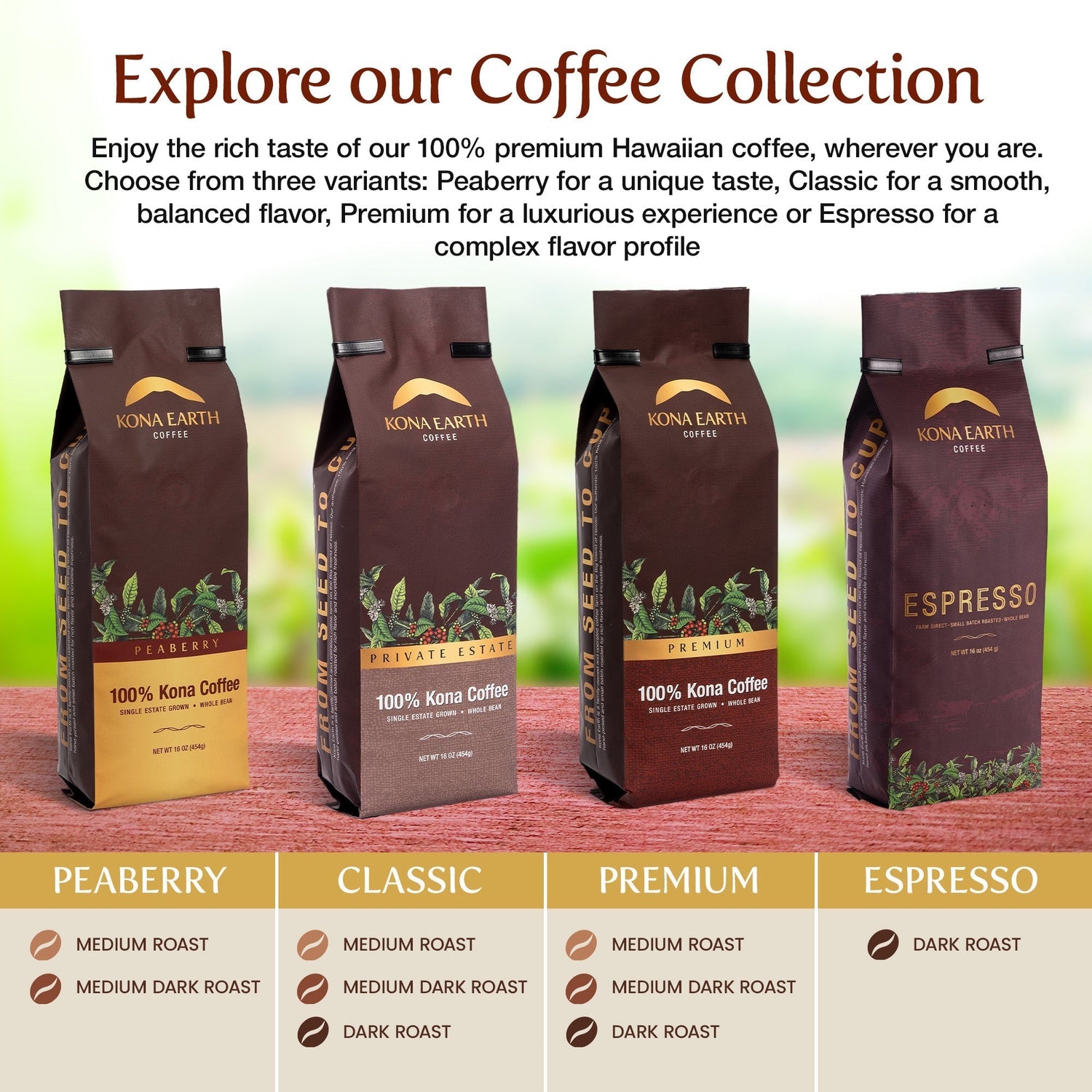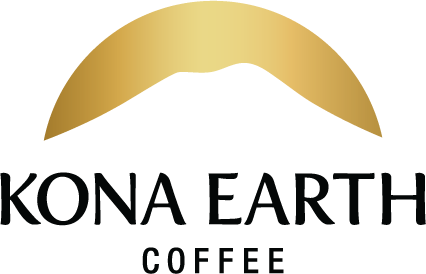Kona Coffee is a Hawaiian specialty coffee prized for its unique flavor. It is only grown in a small geographic region on the Big Island's western coast, about thirty miles wide and 5 miles long. The terroir, or natural environment in which Kona coffee is grown, plays a significant role in shaping its flavor. The combination of climate, soil, and elevation found in the famed Kona Coffee belt creates ideal growing conditions for coffee plants. What is terroir - and why is it such a critical component of Kona coffee's outstanding reputation?
Terroir: A Definition
Terroir comes from the Latin word terra, which means earth. According to Wikipedia, Terroir is a term used to describe the "environmental factors that affect a crop's phenotype, including unique environment contexts, farming practices, and a crop's specific growth habitat."
Terroir is commonly used in the wine industry, referring to the specific plot of land where the grapes are grown. But it can also encompass other factors like climate and weather conditions. Water, sunlight, temperature, topography, elevation, and soil composition all play an essential part in determining a wine's flavor characteristics. In addition to wine, terroir is studied in other artisanal crops, including olive oil, chocolate, and coffee.
A 2013 article in the New York Times describes it this way: "The importance of terroir to the French psyche and self-image is difficult to overestimate because it is a concept almost untranslatable, combining soil, weather, region, and notions of authenticity, of genuineness and particularity — of roots, and home — in contrast to globalized products designed to taste the same everywhere." Kona coffee farmers feel much the same way.
Kona Coffee and Terroir
When it comes to Kona coffee, terroir is vital. Terroir refers to the land where coffee beans are grown, as well as the climate conditions of Kona itself. All of these factors combine to create a unique flavor profile that is distinctive to this region. Consider these environmental conditions that make Kona coffee unique:
- Soil: The volcanic soil composition of the Kona region is rich in minerals and nutrients, which contributes to Kona coffee's characteristic smooth flavor. The lava rock and slopes provide natural drainage yet do a great job holding essential moisture for the coffee trees.
- Topography: The terrain in the Kona region is very mountainous, with coffee trees grown on slopes that range from 500 to 3000 feet above sea level. This diverse topography results in a wide range of flavor profiles within the coffee beans. Higher elevations farms (Kona Earth is at 2000 feet ) benefit from slower growing patterns and later harvests. This allows more time for the coffee cherry to develop and mature, leading to beans that are of a higher quality and, oftentimes, a larger size.
- Climate: The climate in the Kona region is sunny and mild, with just the right amount of rainfall. On higher elevation farms, cloud cover and afternoon showers keep the plants shaded and watered, while sunny mornings give them plenty of opportunity for photosynthesis. Average temperatures in Kailua-Kona are between 70°F and 80°F (21 and 27°c). This temperate climate is one reason the term "Goldilocks" is often used to describe the Kona coffee belt -- "not too hot, not too cold -- just right."
In short, the premise of terroir assumes that a crop from a particular region has unique characteristics that can't be replicated elsewhere. When it comes to terroir, Kona coffee has it in spades. The distinctive mix of soil, topography and climate conditions in the Kona region contributes to the coffee's unique flavor profile. This is what makes Kona coffee so special -- and so sought after by coffee lovers around the world. Vive le Kona Terroir!


